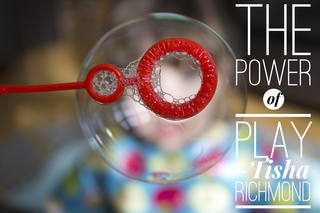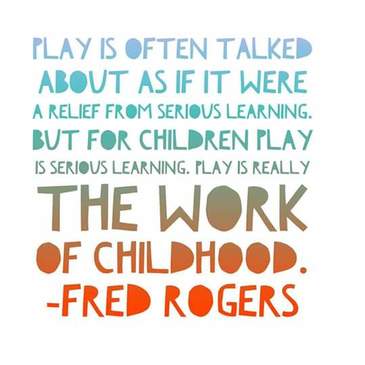 This week in Culinary Arts we are transitioning from Baking and Pastry to Culinary. At the beginning of this quarter, I tell students that above all else by the end I want them to be able to open up their refrigerators and cupboards at home and get excited about the possibilities to create something amazing with the ingredients they see there. I want them to feel confident not only in their skill, but free to infuse their own personality and style to their cooking. I view the skills that they learn in my class as a foundation that they will build on for a lifetime. The memories they make in my class are going to stay with them. If they are good they are most likely going to have positive associations with cooking. However, if the memories are bad, those associations are going to be negative and they likely won't have interest in building on those skills in the future. Creating an atmosphere where students feel safe to explore and play, is vital to building confidence and ownership of learning. Yesterday in class, I taught students how to make one of the 5 Mother Sauces: Bechamel. They prepared the sauce and turned it into a Mornay (Cheese) sauce to make Macaroni and Cheese. Essentially, it was a basic white sauce with cheese added. They learned the fundamentals and I gave them authentic, immediate feedback on the Macaroni and Cheese's taste, texture, and appearance. They learned the skill, now it was time to take it to the next level and make it their own. The next day I had a variety of herbs, spices, vegetables and cheeses out for them to play with. They could create anything they wanted from the ingredients available. As students were let loose into their kitchens, I saw their creative juices flowing. They were smelling and tasting the ingredients, discussing, googling, and experimenting with flavor combinations. There was an electricity in the room that comes when the 4 c's are working in perfect unison with each other. Everywhere you turn students are immersed in collaboration, creation, critical thinking and communication. More importantly, they were having fun! They were laughing and smiling too! Now don't get me wrong...they were seriously learning, but they were playing. One of my childhood heroes, Mr. Rogers, says it best... When students bring me their creations at the end of the class period, the expressions on their faces are priceless. They are so proud to show me their dishes. I love to hear their descriptions and explanations of what they have created. You can hear a pin drop as I take my first bite; students can't wait to hear what I have to say. The feedback I give is immediate and it is real. I explain in detail the flavors, the textures, and the appearance of the dish I am experiencing. I ask questions. I express what I love and give tips on how it could be improved. This reflection time is so important as students efforts are validated but more importantly, we discuss the struggles, victories, failures, and successes. They are able think through what went right, what went wrong, and how they could improve next time. The learning is rich, relevant and meaningful. By taking a skill they learned and making it their own, they now will have confidence to go home and open their own cupboards and refrigerators and create something amazing. In fact, it warmed my heart to overhear students telling group members they were going to make the dish for their family or dinner.
The playful classroom is one where students are safe, valued, immersed and empowered. There is curiosity and wonder. They are creating, collaborating, critically thinking, and communicating. Students are immersed and empowered. It is the maker of memories, laughter, and fun. The Power of play, there is nothing quite like it.
0 Comments
Your comment will be posted after it is approved.
Leave a Reply. |
Tisha RichmondStudent Engagement & PD Specialist in Southern Oregon, Canva Learning Consultant, Canva Education Creator, and author of Make Learning Magical. I'm passionate about finding innovative ways to transform teaching and create unforgettable experiences in the classroom. |
- HOME
- SPEAKING
- ABOUT ME
- BLOG
-
RESOURCES
- Memorable Beginnings >
- Authenticity & Agency
-
Gamified Experiences
>
- Anywhere Learning Plans
- The Amazing Race Game Plan Resources
- The Race to the Golden Ticket
- Ready Player One
- The Amazing Food Truck Race
- The Great Interior Design Challenge
- The Final Table Challenge
- Challenge Rubrics
- Challenge Ideas
- Kitchen Utensil Race & Other Variations
- Code Names for the Classroom
- Badges
- Innovation
- Creativity, Curiosity, and Collaboration
- Authentic Audience
- Legacy
- Make Learning Magical Book
- PODCAST
- T-SHIRTS
- YOUTUBE
-
RECIPES
- Workshop & Session Resources
- Dragon Smart Reviews
Proudly powered by Weebly




 RSS Feed
RSS Feed